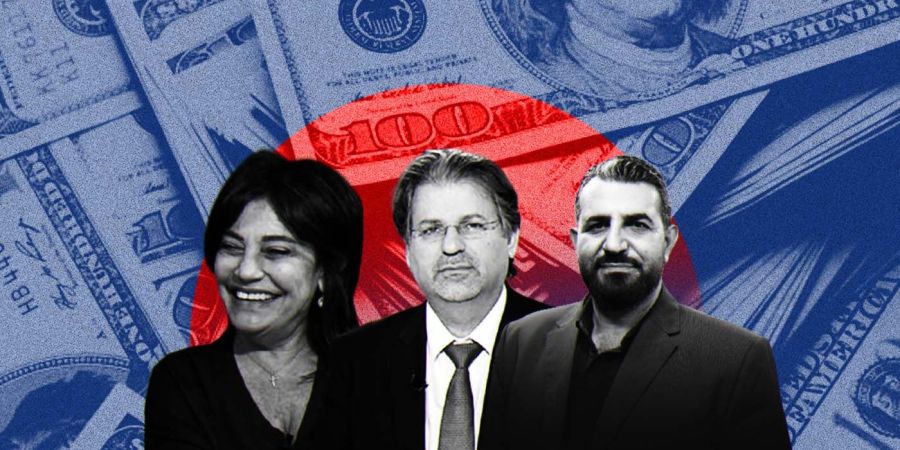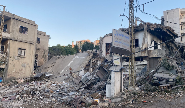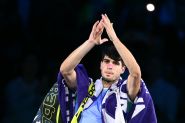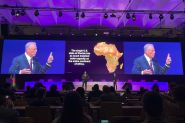Trump's Economic Policies and Lebanon's Dollar Crisis
- 14/11/2024
- 5 comments
- 36
- 125


Amine Jules Iskandar 10:00

This is Beirut 15/11 20:50

This is Beirut 15/11 16:25

This is Beirut 15/11 15:05

This is Beirut 15/11 14:55

This is Beirut 11:30

Amal Chmouny 11:00

This is Beirut 10:50

This is Beirut 10:05

This is Beirut 15/11 21:45
This is Beirut 15/11 18:48
Tylia El Helou 14/11 22:00
Lyne Sammouri 14/11 15:15
This is Beirut 13/11 21:00

Liliane Mokbel 15/11 18:30

Christiane Tager 14/11 22:43

Liliane Mokbel 14/11 11:25

Christiane Tager 14/11 09:30

Christiane Tager 13/11 17:20

This is Beirut 10:30

This is Beirut 15/11 18:00

This is Beirut 15/11 14:00

This is Beirut 15/11 10:30

Bélinda Ibrahim 14/11 18:00

This is Beirut 15/11 17:45

This is Beirut 15/11 14:30

This is Beirut 15/11 10:15

Makram Haddad 14/11 21:55

This Is Beirut 14/11 17:05

Alain E. Andrea 15/11 16:21

Vanessa Kallas 14/11 10:35

This is Beirut 06/11 19:50

Alain E. Andrea 22/10 17:49

This is Beirut 16/10 15:40

par Ici Beyrouth, 11:15

par Ici Beyrouth avec AFP, 11:05

par Ici Beyrouth, 11:00

par Ici Beyrouth, 11:00

par Ici Beyrouth, 10:10